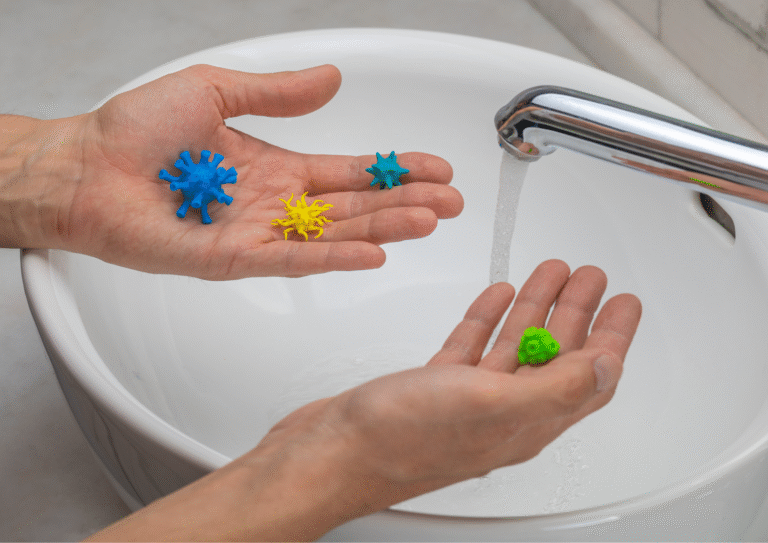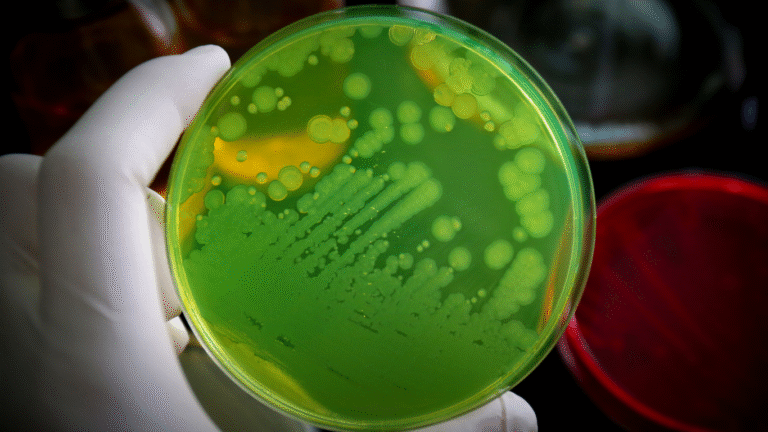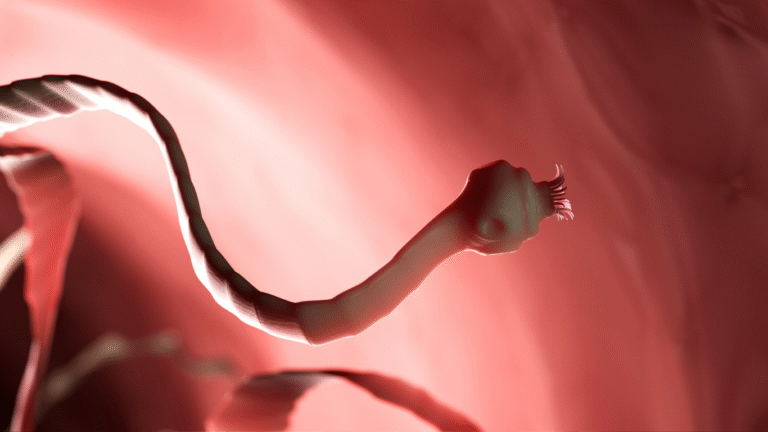
What if that doorknob isn’t just dirty? What if it’s still infectious?
If you have ever wiped down your phone with a tissue and hoped it did something, you are not alone. It is a common belief that germs simply fade away with time or with enough hand sanitizer. However, there is a more uncomfortable truth to consider.
Some germs, in fact, can linger for hours, days, or even months. What’s more, they do not care about your disinfectant spray. So, this raises a crucial question: How long do germs actually live on surfaces? And, more importantly, when are they still a source of contagion, and when are they merely dead microscopic particles?
This article provides a lab-tested look at the science behind germ survival, revealing what is a myth, what is fact, and what might be lurking on your keyboard right now.
Why Understanding Germ Lifespan Is More Important Than You Realize
Most of us clean reactively rather than strategically. For example, we might use a Lysol wipe immediately after someone coughs or rinse a spoon after a guest. Nevertheless, we often forget about high-touch areas like elevator buttons, the strap on a purse, or the public checkout screen. In a post-pandemic world, we are more aware of germs, but our cleaning habits are not always more accurate.
This explainer on how long germs live on surfaces demonstrates why knowing a germ’s lifespan is not just about hygiene. Furthermore, it is about enabling smarter cleaning strategies, resulting in fewer sick days and less panic.
The Case for Not Worrying Too Much
It is easy to become overwhelmed by germ hysteria. Some people might argue, “We have survived touching things for centuries.” And this viewpoint is not entirely wrong. In fact, the CDC has clarified that surface transmission of viruses like COVID-19 is far less common than airborne spread. To put it simply, you are much more likely to get sick from breathing someone’s cough than from borrowing their pen.
Still, germs can and do spread from surfaces. Moreover, some germs survive in places we do not expect, which is precisely why understanding their lifespan remains essential for public health.
So, How Long Do Germs Actually Survive on Surfaces?
Let’s break down germ survival by type, based on credible lab data.
🦠 Viruses
- Flu viruses can survive on hard surfaces for 24 to 48 hours, according to the National Institutes of Health (NIH).
- Cold viruses (like rhinovirus) generally live for about a day.
- COVID-19 (SARS-CoV-2) has a varied survival time depending on the surface:
- Up to 72 hours on plastic and stainless steel.
- 24 hours on cardboard.
- 4 hours on copper.
Here is the most important takeaway, as highlighted by Dr. Vincent Munster, a virologist at the NIH:
“Survival does not equal infection risk.” Once a virus lands on a surface, it immediately begins to degrade. Therefore, by hour 48, even if traces of the virus remain, the viral load may be too weak to cause an infection.
🧫 Bacteria
- E. coli and Salmonella can live for hours to days.
- Staphylococcus aureus, a cause of staph infections, can survive on dry surfaces for as long as 7 days.
- C. difficile spores are especially resilient, lasting for up to 5 months on surfaces.
This is where a moment of dark humor is appropriate: if you dropped a fork behind the office fridge in April and found it in July, it’s not just covered in dust.
Surface Type Also Affects Lifespan
- Hard, non-porous surfaces like glass and steel allow for longer germ survival.
- Soft, porous surfaces such as cloth or tissue result in shorter survival times, though some bacteria can embed themselves deep within the fibers.
Furthermore, environmental conditions like moisture and temperature play a significant role. Warm and humid environments, for instance, are a haven for germs. Conversely, cold and dry conditions make it harder for germs to thrive. Consequently, your kitchen sponge may be a microbial mansion, while your yoga mat is slightly less terrifying.
Wait, Aren’t We Always Touching Germs?
Yes, and this is the key to understanding germ transmission. Not all germs are harmful. In fact, your skin and gut rely on billions of bacteria to function properly. Only certain pathogens, such as norovirus or MRSA, pose a serious threat.
Therefore, the goal is not to be completely germ-free. The goal is to limit your exposure to high-risk germs, especially on high-touch surfaces.
Should You Be Disinfecting Everything Daily? A Sane Cleaning Strategy
You do not necessarily need to disinfect everything every day. Here is a more realistic and strategic approach to cleaning:
- Daily: Clean your phones, keyboards, door handles, and remote controls.
- Weekly: Focus on fridge handles, sink knobs, and light switches.
- After guests or illness: Make an effort to disinfect shared items, toilets, and table surfaces.
Remember, simple soap and water work surprisingly well. You do not need hospital-grade disinfectants unless someone in your home is actively sick.
Pro Tips from Microbiologists
As Dr. Charles Gerba of the University of Arizona has noted, “We often touch our face 16 to 23 times per hour, so clean hands matter more than clean surfaces.” In addition, do not forget to clean your bag, your keys, and your phone case, because germs love those surfaces.
So… Is That Fork in the Office Kitchen Safe?
Here is the honest answer: maybe. If the fork has not been used in two days and it is dry and clean, it is probably safe. However, if it smells like yogurt and is sticky, it is absolutely not.
Final Takeaway: You Can Relax, But Stay Smart
We cannot, and should not, eliminate all germs. Nevertheless, we can learn where and when to be careful. In this way, we can stop wasting disinfectant wipes on harmless surfaces while ignoring the real hotspots.
This explainer on how long germs live on surfaces demonstrates why a foundational understanding of microbial survival can help you prioritize your cleaning efforts without spiraling into paranoia. The next time you go to disinfect something, pause and ask yourself: Is this a high-touch, high-risk surface, or just a dusty decoy?
Sources:
- CDC COVID-19 Transmission Guide: https://www.cdc.gov/coronavirus/2019-ncov/prevent-getting-sick/how-covid-spreads.html
- NIH Study on Virus Surface Stability: https://www.nih.gov/news-events/nih-research-matters/study-suggests-coronavirus-stays-air-hours-surfaces-days
- University of Arizona Microbiology Study on Touch and Transmission: https://www.ncbi.nlm.nih.gov/pmc/articles/PMC3504376/




